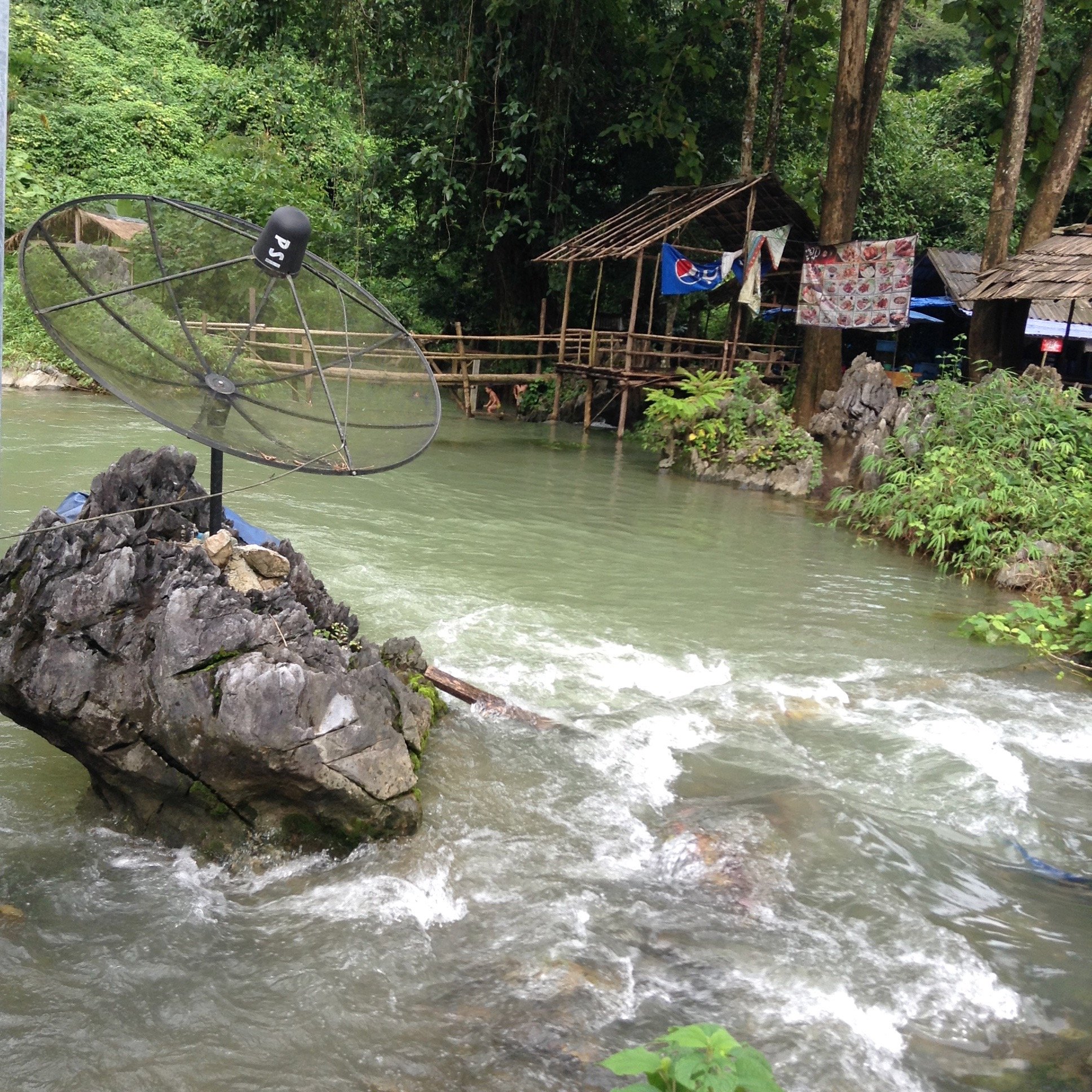
culture craft connection
The history of Lao textiles and natural dyes
Laos is a landlocked country in Southeast Asia that shares borders with Cambodia, China, Myanmar, Thailand, and Vietnam. It has a rich tradition of weaving that dates back centuries. The unique evolution of textiles and weaving in Laos is a result of the blending of various indigenous and ethnic groups, each bringing their own techniques and traditions including, appliqué and ikat.
Weaving in Laos is more than a craft. It is a way of storytelling that expresses individual creativity and pays homage to spiritual connections with the land. There are two types of looms used: the floor loom, found under stilt houses, and the backstrap loom, used mostly by cotton weavers in the south. Motifs in Lao weaving are inspired by nature, featuring designs of flowers, plants, trees, and animals. Some patterns draw from religious beliefs and mythical creatures from folklore, with the Naga motif being one of the most commonly used. Laos is known for producing textiles made from silk, cotton, and hemp.
Lao silk
The process of silk production is known as sericulture, which originated in China around 400 BC. The threads of Lao silk are bumpy, irregular and is linen like in texture. This is the result of the silkworms bred in the wild and not temperature controlled environments. Silk is produced from cocoons spun by the silk worm, the most common is the Bombyx Mori. A domesticated moth that cannot fly, it lays eggs and then dies within a few days. The diet of the silkworm will determine the texture of the end fibre. Lao silkworms are fed mostly on mulberry leaves. Mulberry silk is the strongest of all silks. However, there are silkworms that are also fed castor, sweet potato or tapioca leaves and these produce the eri silk. Eri silk is known as vegetarian or peace silk and the worm is unharmed during the silk poduction process.
Lao cotton
Cotton cultivation begins before Songkhan, the Buddhist new year celebration in April. Around this time, the monsoon season begins and the rain during the wet season is a natural watering system for cotton plantation. After eight months, the cotton is ready for harvest. It is hand picked, ginned by hand and hand spun into yarn ready for dyeing, a laborious process.
Hemp
Hemp fabric in Laos has long been produced mosty by the indigenous Hmong tribe for everyday clothing as well as blankets and rope and string. It is a key component in religious ceremonies. The hemp is dyed with indigo and uses a batik method where beeswax is poured onto the fabric to create designs and motifs. The incredible textiles of the Hmong people are imbued with the spirituality that underpins their identity for which they are internationally recognised.
Natural Dyes
Natural dyes play a crucial role in Lao weaving, sourced from plants, insects, minerals, and animals. The preparation of natural dyes is a labour intensive process as it can take days to months to produce a colour, from collecting, drying, cutting, soaking, fermenting and boiling. Although the dyeing and colouring of textiles using plants dates back many thousands of years, the process and technique of how to transfer colour onto cloth have changed very little over time. The skill of Master dyers, developed over years of practice, ensures precise and beautiful results in the dyeing process.
The use of natural dyes in Laos not only preserves traditional weaving techniques but also promotes sustainability and harmony with the environment e.g. food waste such as coconut husks and the skin of fruit are collected from ones own garden or the village market juice stall, they are dried and ready for dyeing. Once the pigment has been extracted, the husks are left to dry and can then be used for kindling (most houses still use wood fire stoves). The ash can be used as a modifier (to alter or shift colour). This ancient craft is an important tradition that has been developed and passed on over generations and will continue to be shared.
Some sources of natural dyes used include; Coconut husk, mangosteen skin, tamarind, mango leaves, jackfruit wood, teak leaves, lac, indigo, marigold, annatto seeds, sappan wood and rice paddy mud.




























